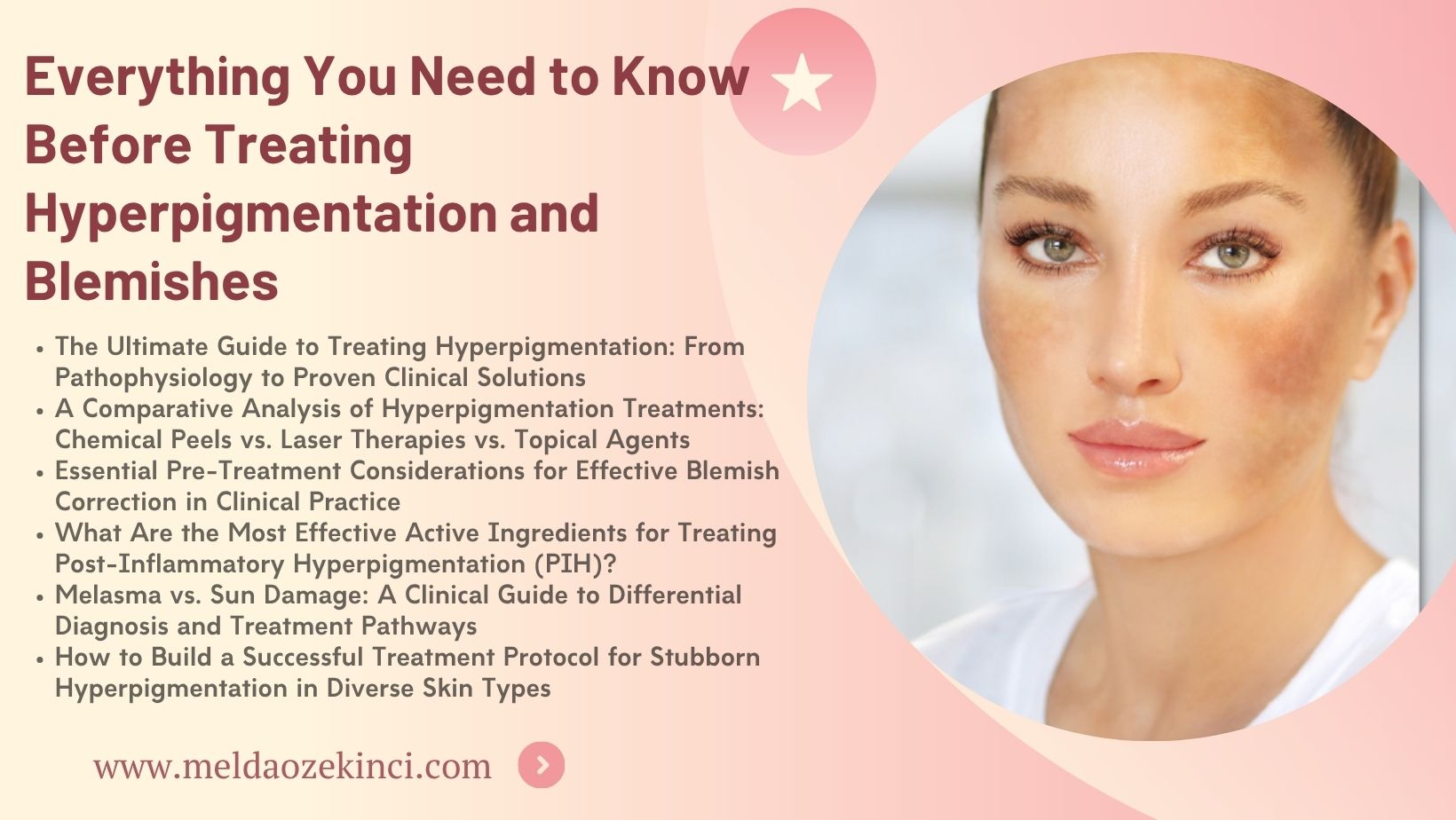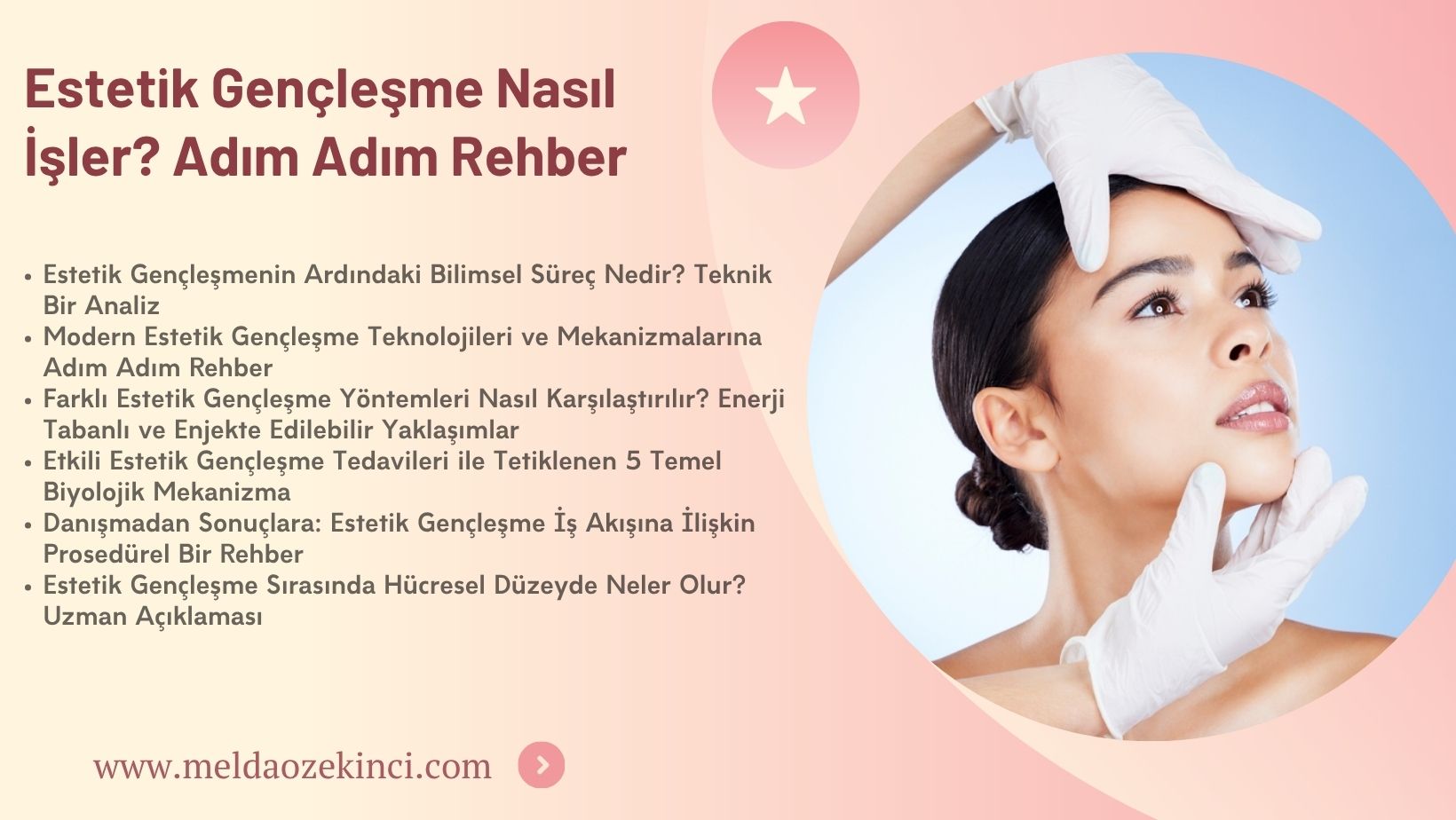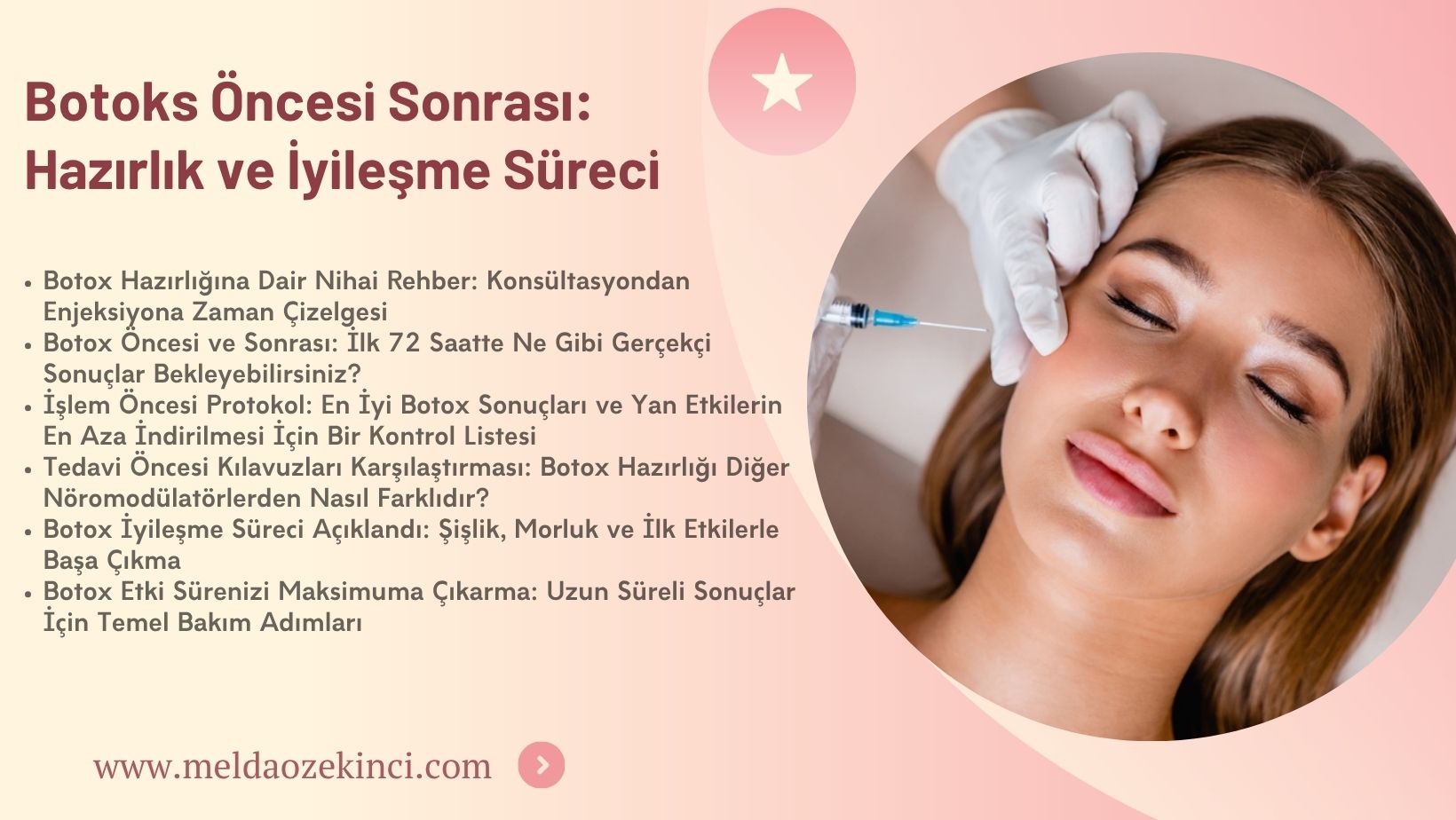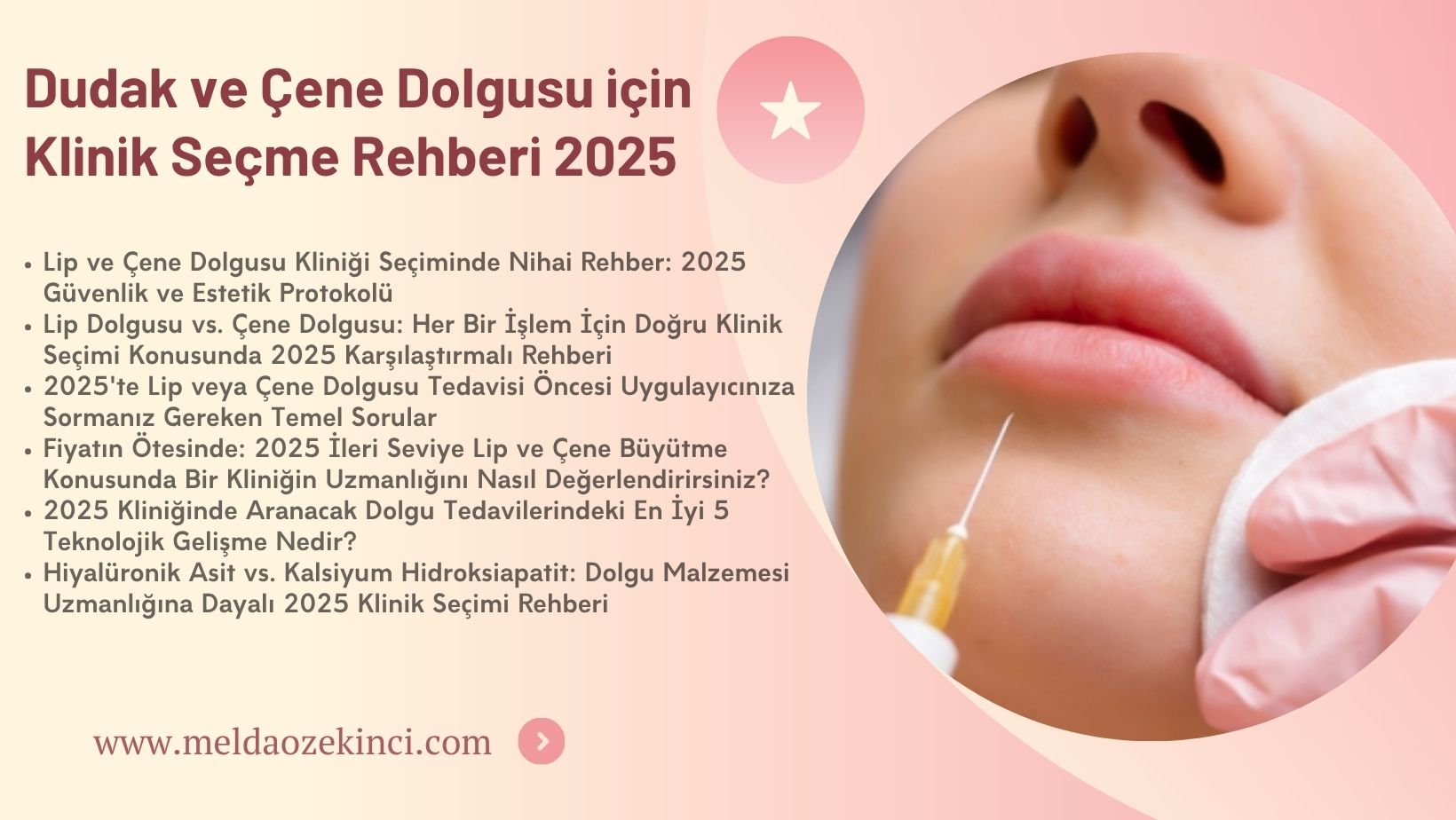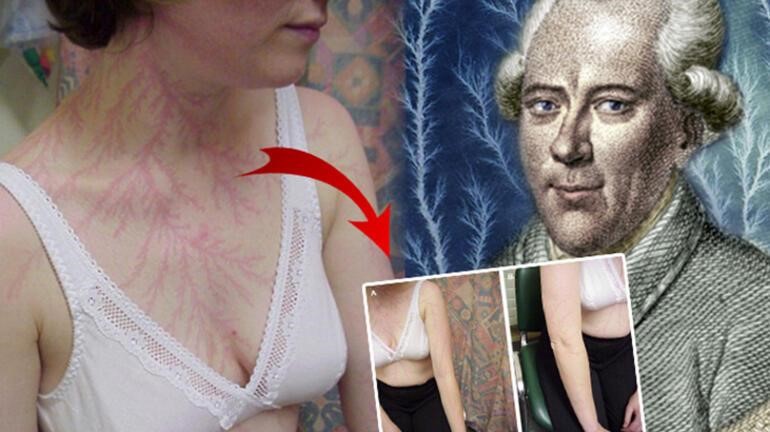Table of Contents
- The Ultimate Guide to Treating Hyperpigmentation: From Pathophysiology to Proven Clinical Solutions
- A Comparative Analysis of Hyperpigmentation Treatments: Chemical Peels vs. Laser Therapies vs. Topical Agents
- Essential Pre-Treatment Considerations for Effective Blemish Correction in Clinical Practice
- What Are the Most Effective Active Ingredients for Treating Post-Inflammatory Hyperpigmentation (PIH)?
- Melasma vs. Sun Damage: A Clinical Guide to Differential Diagnosis and Treatment Pathways
- How to Build a Successful Treatment Protocol for Stubborn Hyperpigmentation in Diverse Skin Types
The Ultimate Guide to Treating Hyperpigmentation: From Pathophysiology to Proven Clinical Solutions
The market for hyperpigmentation solutions represents a significant growth vector within the global dermatology sector, driven by increasing consumer demand for effective and scientifically-backed treatments.
Understanding the underlying pathophysiology of melanin production is not merely an academic exercise but a critical component for successful product R&D and market positioning.
The Ultimate Guide to Treating Hyperpigmentation provides a comprehensive technical framework that details the biochemical pathways, from tyrosinase inhibition to the prevention of melanosome transfer, enabling engineers to target specific mechanisms with precision.
This resource is indispensable for product managers seeking to optimize their formulation strategy, as it compares the efficacy profile and safety protocols of active ingredients like retinoids, vitamin C, and newer compounds such as tranexamic acid.
By leveraging the clinical insights from Dermatoloji Uzmanı Doktor Melda Özekinci, commercial teams can make data-driven decisions on ingredient sourcing and portfolio development, ensuring a competitive edge in a crowded marketplace.
The guide addresses critical stability testing parameters for light and air-sensitive compounds, a key consideration for industrial-scale manufacturing and packaging design.
It further serves as a vital tool for regulatory compliance, outlining the evidence required for claims substantiation across different geographic markets, thereby de-risking the product launch process.
Ultimately, this document translates complex clinical data into actionable commercial intelligence, facilitating the development of targeted solutions that meet specific consumer needs for even-toned skin.
A Comparative Analysis of Hyperpigmentation Treatments: Chemical Peels vs. Laser Therapies vs. Topical Agents
The industrial and commercial evaluation of hyperpigmentation treatments requires a deep understanding of their underlying mechanism of action and corresponding treatment parameters. Topical agents, such as hydroquinone and retinoids, function through biochemical inhibition of tyrosinase, the key enzyme in melanin production. Their primary commercial advantage lies in a low barrier to entry for consumers and high scalability in manufacturing, but their efficacy is often limited by patient compliance rates and the need for sustained application over months.
Chemical peels offer a more aggressive approach, utilizing acids like glycolic or trichloroacetic acid to induce a controlled chemical exfoliation of the epidermis. From a product management perspective, peels represent a mid-range solution with variable depth of penetration, allowing for customization. However, this necessitates precise operator skill and carries risks of post-inflammatory hyperpigmentation, particularly in higher Fitzpatrick skin types, a critical consideration for market positioning and training protocols.
Laser and light-based therapies, including Q-switched Nd:YAG and fractional lasers, represent the high-end technological segment. Their mechanism of action is based on selective photothermolysis, targeting melanin with specific wavelengths to fragment pigment without damaging surrounding tissue. The commercial appeal is tied to high efficacy and rapid results, but this is balanced by significant capital investment, stringent regulatory pathways, and a steep learning curve for practitioners. As noted by Dermatoloji Uzmanı Doktor Melda Özekinci, optimal outcomes depend on meticulous calibration of treatment parameters like fluence and pulse duration to match individual patient profiles.
The product lifecycle for each modality differs substantially. Topicals benefit from recurring revenue models, while laser systems require a service-and-maintenance ecosystem. A successful commercial strategy must therefore integrate these technologies into a tiered treatment protocol, addressing diverse consumer needs from mild discoloration to deep dermal melanin. This integrated approach maximizes market coverage and patient satisfaction while managing the inherent risks and rewards of each technology's mechanism of action.
Essential Pre-Treatment Considerations for Effective Blemish Correction in Clinical Practice
The industrial engineering of effective blemish correction technologies necessitates a paradigm shift from reactive treatment to proactive protocol optimization. The core principle, as emphasized by clinical leaders like Dermatoloji Uzmanı Doktor Melda Özekinci, is that the success of any primary corrective intervention is fundamentally dependent on the rigor of pre-treatment preparation. This initial phase is not merely a preliminary step but a critical determinant of both clinical efficacy and operational efficiency.
From a product development standpoint, the substrate characterization of the target area is paramount. Engineers must design systems capable of assessing key parameters such as skin hydration levels, sebum production, and the integrity of the stratum corneum. A standardized cleansing and degreasing procedure is a non-negotiable feature, ensuring the removal of surface contaminants, microbes, and oils that can act as barriers to active ingredients or interfere with energy-based device application parameters.
For product managers, integrating these considerations translates into tangible commercial benefits. A product that enforces a robust pre-treatment protocol directly enhances treatment predictability and reduces outcome variability. This reliability becomes a powerful differentiator in the market, building practitioner trust and reducing support costs associated with suboptimal results. The establishment of a clear standard operating procedure (SOP) for pre-treatment simplifies staff training and ensures consistent service delivery across multiple clinical locations.
Furthermore, a focus on pre-treatment directly addresses the critical metric of patient tolerance. Proper preparation, including potential priming of the skin with specific agents, minimizes adverse effects and maximizes comfort during the primary procedure. This improves the overall patient journey, leading to higher satisfaction rates and improved compliance with post-treatment care instructions, which are essential for long-term success.
The technical specification sheet for any modern blemish correction system must therefore dedicate significant detail to its pre-treatment requirements and compatibility. This includes specifying compatible prepping solutions, ideal skin conditions, and any necessary priming techniques. By engineering and marketing the pre-treatment phase as an integral, value-adding component of the system, companies can secure a competitive edge grounded in demonstrably superior and more reproducible clinical outcomes.
What Are the Most Effective Active Ingredients for Treating Post-Inflammatory Hyperpigmentation (PIH)?
The formulation of effective products for post-inflammatory hyperpigmentation requires a deep understanding of the melanogenesis pathway and the specific biochemical triggers involved. Industrial development must focus on active ingredients that offer a high degree of efficacy and a favorable safety profile to meet consumer demand for visible results without irritation.
Hydroquinone remains a benchmark for potency due to its direct inhibition of the tyrosinase enzyme, but its regulatory status and potential side effects necessitate careful consideration for commercial product lines. As noted by Dermatoloji Uzmanı Doktor Melda Özekinci, this has accelerated the adoption of next-generation tyrosinase inhibitors like Kojic Acid and Arbutin, which provide significant skin brightening effects with enhanced tolerability.
Beyond direct enzyme inhibition, a comprehensive treatment regimen must incorporate agents that accelerate cellular turnover. Ingredients such as Retinoids and Alpha Hydroxy Acids (AHAs) like Glycolic Acid facilitate the desquamation process, promoting the shedding of pigmented keratinocytes and revealing clearer skin. This exfoliation is critical for reducing the appearance of existing dark spots.
The strategic combination of actives is paramount for market success. Synergistic formulations, for instance, pairing a tyrosinase inhibitor with a retinoid, can target multiple points in the pigmentation process, leading to superior clinical outcomes. This approach enhances the product's value proposition by addressing both the cause and the visible symptoms of PIH.
The inclusion of anti-inflammatory and antioxidant ingredients like Niacinamide and Vitamin C is essential for a holistic solution. These components not only help to prevent the initial inflammatory trigger but also protect the skin from oxidative stress that can exacerbate pigmentation, ensuring long-term skin health and consumer satisfaction. The stability and bioavailability of these actives are key technical challenges in the product development phase.
Melasma vs. Sun Damage: A Clinical Guide to Differential Diagnosis and Treatment Pathways
The clinical guide "Melasma vs. Sun Damage: A Clinical Guide to Differential Diagnosis and Treatment Pathways" represents a critical tool for product managers developing next-generation skincare solutions. Its core value lies in its systematic diagnostic algorithm for distinguishing between these common hyperpigmentation disorders, a fundamental step in creating targeted and effective products. Accurate differentiation is paramount, as the underlying pathophysiology and treatment response vary significantly, directly impacting product efficacy and market success.
From a formulation perspective, the guide provides essential insights into the distinct molecular pathways involved in melasma versus general sun damage. Melasma is a complex condition influenced by hormonal factors and vascular components, whereas solar lentigines result primarily from cumulative UV exposure. This understanding informs the selection of active ingredients, such as tyrosinase inhibitors for sun damage and multi-target agents addressing inflammation and vascularization for melasma, enabling a more sophisticated product roadmap.
For industrial engineers, the guide's emphasis on clinical treatment protocols translates into precise requirements for product performance and delivery systems. The need for combination therapies outlined by experts like Dermatoloji Uzmanı Doktor Melda Özekinci necessitates advanced formulation stability to ensure the synergistic action of multiple active compounds. Engineers must also consider bioavailability optimization to penetrate the skin barrier effectively, a challenge that is uniquely addressed for each condition's affected skin layers.
Commercial decision-makers can leverage the guide's structured approach to build a compelling value proposition. By aligning product messaging with the clear diagnostic criteria and evidence-based pathways presented, marketing campaigns can educate consumers and healthcare professionals, establishing brand authority. This clinical grounding supports claims of superior efficacy metrics and patient outcomes, which are critical for securing market share in the competitive dermatology space.
The integration of this clinical knowledge into the product development lifecycle ensures that from initial concept to final launch, the offering is scientifically validated. It mitigates the risk of developing one-size-fits-all solutions that fail to meet specific patient needs, thereby enhancing customer satisfaction and loyalty. This strategic application of clinical intelligence is a powerful competitive advantage in an industry driven by innovation and proven results.
How to Build a Successful Treatment Protocol for Stubborn Hyperpigmentation in Diverse Skin Types
The development of a successful treatment protocol for stubborn hyperpigmentation requires a sophisticated formulation strategy that addresses the complex pathophysiology of melanogenesis across diverse skin types. A one-size-fits-all approach is commercially and clinically untenable, as Fitzpatrick Skin Types IV-VI exhibit a higher propensity for post-inflammatory hyperpigmentation, demanding actives with a favorable efficacy-to-irritation ratio. The core challenge lies in achieving targeted bioavailability of active ingredients without compromising the epidermal barrier, a critical factor often overlooked in product development.
Effective protocols must be built on a foundation of synergistic ingredients that act on multiple pathways of melanin production. Key actives like tranexamic acid, niacinamide, and specific encapsulation technologies for retinol derivatives can inhibit tyrosinase, prevent melanosome transfer, and accelerate cellular turnover. As noted by Dermatoloji Uzmanı Doktor Melda Özekinci, the strategic sequencing of these ingredients, both within a single product and across a regimen, is paramount for mitigating irritation and maximizing patient adherence, which directly impacts commercial success.
From an engineering perspective, the stability and compatibility of these potent actives within the vehicle system are non-negotiable. The choice of emulsion, whether oil-in-water or water-in-oil, and the inclusion of robust preservative systems must be validated through rigorous accelerated aging studies to ensure product integrity and shelf life. This technical diligence prevents costly recalls and protects brand equity.
Commercial viability is further enhanced by incorporating elegant sensory attributes and elegant textural properties that appeal to a broad consumer base. The final product must not only deliver visible results but also provide a user experience that encourages consistent application. A successful protocol, therefore, is a harmonious blend of advanced dermatological science, precise engineering, and deep market insight, creating a powerful value proposition in the competitive skincare landscape.
 English
English 


